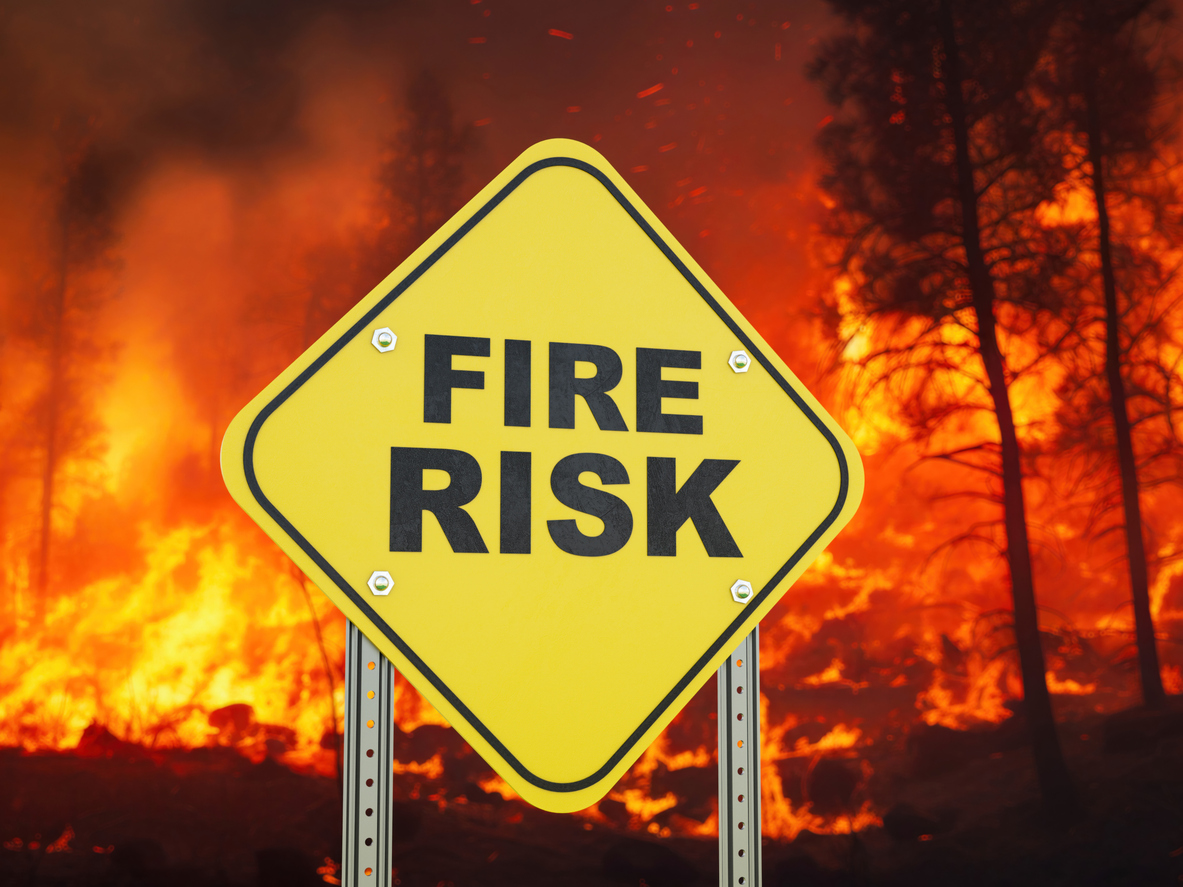The 2011 losses Japan and Thailand rippled through the oceans as many realized that our global economy had become highly interdependent and supply chain disruptions were costlier than ever anticipated. A few months ago, global insurers revamped their Contingent Business Income questionnaires and applications in an effort to understand how deeply interrelated and exposed their insureds’ supply chains are.
As many goods and products are manufactured and transported through New York and other nearby cities, Super Storm Sandy will bring CBI coverage to the forefront again, and claims are expected to be more significant and complicated than those in Thailand and Japan.
Many argue that CBI coverage is predicated on causation and “physical damage,” but insurers should carefully consider whether certain CBI or Dependent Property Endorsements are broad enough to cover income losses many links down the chain.
A recent FC&S Bulletin article, “When Dependent Properties Go Dark,” foreshadows the industry’s response to CBI and Service Utility losses related to Super Storm Sandy.
Question:
“We have received a handful of Business Interruption claims as a result of Superstorm Sandy. I have a question as to arrangement and primacy of coverage and how it may affect the interpretation of coverage.
In a couple of claims the insured was outside the main area of the storm; however, the businesses to which it supplies its products were affected by the storm. In general our insured’s policies include an ISO Business Income and Extra Expense form with additional coverage for civil authority. There is also additional coverage with sublimits for dependent properties and off-premise power interruption.
My primary question is centered on the Dependent Properties extension of coverage. In its unendorsed state the coverage part provides business-income loss to our insured because [it] could not deliver its product to the buyer. However, to trigger coverage there must be direct physical damage to the receiving location by a covered cause of loss. In most cases this did not happen. The receiver closed down due to lack of power or civil authority.
Following the thread, we have two additional coverage parts—Civil Authority and Utility Services— in which the endorsements state that if the insured’s premises is shut down due to either condition, coverage will apply under the appropriate extension.
So what comes first? If I apply the Dependent Properties endorsement first, does that in effect expand the insured’s covered locations from its own to its own and its receivers? If that is the case, I then should be able to apply the Civil Authority or Utility Service coverage extension to the dependent-property locations and in turn provide coverage to our insured for the lack of power or implementation of civil authority at the receiver locations.”
Answer:
The Civil Authority additional coverage on the ISO Business Income (and Extra Expense) Coverage Form (CP 00 30) provides coverage for loss of business income and extra expenses incurred when an action of civil authority prohibits access to the “described premises.” This coverage is on the insured’s form, so “described premises” means the premises described or listed on the policy declarations page.
The ISO Utility Services Time Element endorsement, CP 15 45, extends coverage on the Business Income form to loss arising from an interruption of utility services. Again, this interruption must occur at the “described premises” on the main policy.
The Dependent Properties coverage is an endorsement to this form. Using the language of the ISO Business Income from Dependent Properties – Broad Form (CP 15 08) as an example, the form states, "The suspension must be caused by direct physical loss of or damage to dependent property at the premises described in the schedule caused by or resulting from a covered cause of loss." This means there must be damage to the premises listed on the endorsement—in other words, damage to the dependent property.
These endorsements and additional coverages work in conjunction. The endorsed perils are now covered causes of loss on the BI form, so they would in turn be covered causes of loss for the Dependent Properties endorsement. The ISO CP 15 08 does not list any covered causes of loss, so it relies on the covered causes of loss associated with the BI form.
While there is coverage for civil authority and off-premises power failure, the problem lies with the requirement for direct physical loss or damage on the Dependent Properties endorsement. Although the dependent properties in this scenario were closed because civil authorities restricted access to the area, they did not suffer any direct damage. One of the main requirements of the endorsement is not met.
While the type of loss that our subscriber describes seems like it should be covered, the requirement for direct physical damage at the dependent-property location remains problematic. Some of the FC&S editors who discussed this issue felt that an argument could be made for coverage in that the Civil Authority additional coverage would apply to the endorsed dependent properties, making them also described premises to which the Civil Authority coverage would apply. That argument could be made, but it seems like a stretch in light of the clear requirement for direct physical damage at the described premises. Some of our editors would try to make that argument, but even they are not confident of its success.
Recently, however, a federal district court in Maryland broadly interpreted the “physical loss or damage” requirement of a CBI or Dependent Property provision, finding that when the endorsement does not specifically list or describe the dependent location(s), the insured could reasonably expect coverage for losses caused at properties not legally or contractually dependent to the insured.
In Millennium Inorganic Chemicals Ltd. v. Nat’l Union Fire Ins. Co. of Pittsburgh,1 the insured purchased and delivered natural gas to its customers. The pipeline used to deliver the natural gas was not owned by the insured, nor did the insured have to pay for its use. The pipeline sustained a major explosion causing a disruption of natural gas delivery to the insured’s main consumer. The insurance company denied payment for income losses as a result of the explosion because the pipeline was not a dependent or insured business and the recipient (customer) location did not sustain physical damages.
In a 25 page opinion, the court found that the insured had a reasonable expectation of coverage under the circumstances.
Millenium’s master policy read as follows: coverage to “locations [that are] direct suppliers of materials to the Insured’s locations.” […] This suggests that the physical relationship between the properties is as or more important than the legal relationship between the properties’ owners. It is not an unreasonable interpretation of the Master Policies to conclude that, by providing only “direct” CBI coverage, the Insurers sought to limit their exposure to situations in which the insured lacked the kind of influence over a contributing property that comes with contractual privity. But, the Master Policies do not say this expressly.
Whereas ordinary “[b]usiness interruption insurance protects against the loss of prospective earnings because of the interruption of the insured’s business caused by an insured peril to the insured’s own property,” contingent business interruption insurance “protects against the loss of prospective earnings because of the interruption of the insured’s business caused by an insured peril to property that the insured does not own, operate, or control.” In other words, “[r]egular business-interruption insurance replaces profits lost as a result of physical damages to the insured’s plant or other equipment; contingent business interruption coverage goes further, protecting the insured against the consequences of suppliers’ [or customers’] problems.
You should consult with a Business Interruption Coverage professional if your business sustained losses from Hurricane Sandy and you believe you have a claim under your policy’s CBI or Dependent Property endorsement.



